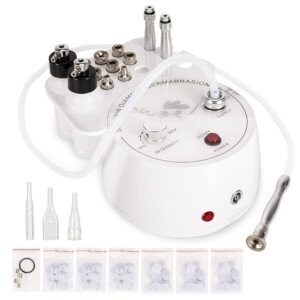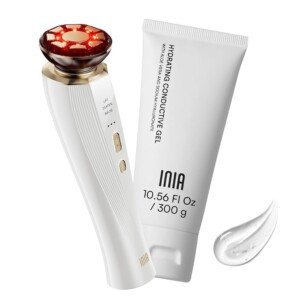In today’s fast-paced digital world, grabbing your reader’s attention is more challenging than ever. With countless articles, videos, and advertisements competing for attention, your headline needs to stand out. One of the most effective ways to do this is by using problem-solving headlines.
These headlines directly address the reader’s pain points, offering a promise of a solution. Whether you’re writing a blog, an advertisement, or a social media post, a strong problem-solving headline can dramatically boost engagement and clicks.
Why Problem-Solving Headlines Work
-
They Appeal to Reader Emotions
People search for solutions when they’re frustrated, confused, or in need of help. A headline like “Struggling to Sleep? Try These 5 Science-Backed Tips Tonight” immediately resonates because it acknowledges a common issue. -
They Offer Instant Value
Readers are more likely to click if they believe they’ll gain something useful. Headlines that promise a fix—such as “How to Fix Slow Wi-Fi in 3 Easy Steps”—create immediate intrigue. - They Increase Shareability
Posts that solve problems are more likely to be shared, as people want to help others facing similar issues.
How to Write Problem-Solving Headlines
1. Identify Your Audience’s Pain Points
Before crafting your headline, ask:
- What problems does my target audience face?
- What questions are they searching for online?
- What frustrations can my content solve?
Use tools like Google’s “People Also Ask” or forums like Reddit to find common struggles.
2. Use Clear, Action-Oriented Language
At their core, problem-solving headlines should:
- Highlight the problem (e.g., “Tired of Missing Deadlines?”)
- Promise a solution (e.g., “Try This Simple Productivity Hack”)
Examples:
- “Struggling to Save Money? Here’s How to Budget Like a Pro”
- “Can’t Focus at Work? 7 Ways to Boost Concentration Instantly”
3. Leverage Power Words
Strong, persuasive words make headlines more compelling:
- Fix, Solve, Overcome, Stop, Eliminate, Avoid, Boost
Example:
✅ “Fix Your Bad Posture in 10 Minutes a Day” (Better than “Tips for Better Posture”)
4. Use Numbers for Scannability
Listicles and step-by-step guides perform well because they imply quick, structured solutions.
Examples:
- “5 Easy Ways to Remove Stains Without Harsh Chemicals”
- “3-Step Method to Stop Overthinking and Reduce Anxiety”
5. Test and Optimize
Not all headlines work the same. Use A/B testing tools (like CoSchedule’s Headline Analyzer) to refine your approach.
Examples of High-Converting Problem-Solving Headlines
-
[Problem + Urgency]
- “Stop Wasting Time: The 10-Minute Hack to Organize Your Emails”
-
[Question-Based]
- “Why Can’t You Stick to a Workout Routine? (And How to Fix It)”
-
[Before/After]
- “From Cluttered to Calm: How to Declutter Your Home in One Weekend”
- [Scarcity + Solution]
- “Limited Time: Fix Your Credit Score Before It’s Too Late”
Final Thoughts
Great problem-solving headlines instantly connect with readers by addressing their needs. Whether you’re writing for marketing, blogging, or social media, using these strategies can increase engagement, clicks, and conversions.
Try crafting your next headline with a problem + solution approach, and watch your audience respond more enthusiastically!
Would you like help brainstorming specific headlines for your niche? Let me know—I’d be happy to assist! 🚀
-
2025 New Face and Neck Massager Tool, 7 Colors LED Womens Skin Care Facial Massager for Skin Rejuvenation, Lifting, Toning, Glow Boost-White
Original price was: $29.99.$24.99Current price is: $24.99. -
3-in-1 Beauty Massager for Face and Neck, Based on Triple Action LED, Thermal, and Vibration Technologies for Skin Care,Improve,Firm,Tightening and Smooth
Original price was: $23.96.$21.96Current price is: $21.96. -
3-in-1 Red Light Therapy for Face and Neck, Skin Tightening Device True Beauty Glow Facial Massager for Skin Care, Effective Wrinkle Reduction Anti-Aging with Lifting,…
Original price was: $139.99.$109.99Current price is: $109.99.









